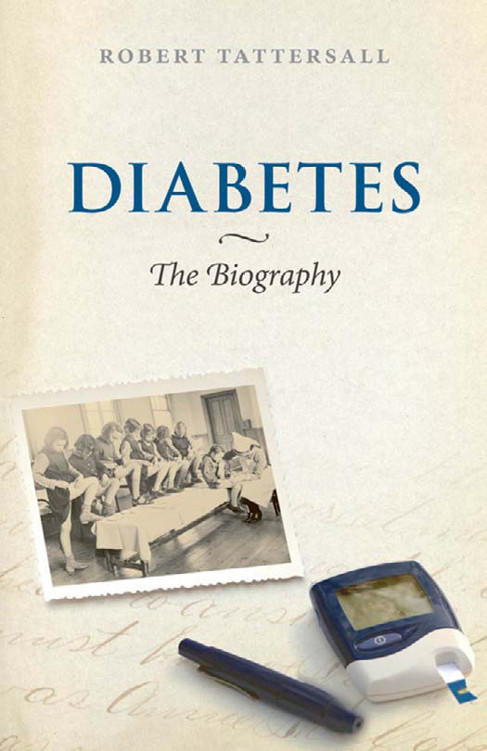

Most ebook files are in PDF format, so you can easily read them using various software such as Foxit Reader or directly on the Google Chrome browser.
Some ebook files are released by publishers in other formats such as .awz, .mobi, .epub, .fb2, etc. You may need to install specific software to read these formats on mobile/PC, such as Calibre.
Please read the tutorial at this link: https://ebookbell.com/faq
We offer FREE conversion to the popular formats you request; however, this may take some time. Therefore, right after payment, please email us, and we will try to provide the service as quickly as possible.
For some exceptional file formats or broken links (if any), please refrain from opening any disputes. Instead, email us first, and we will try to assist within a maximum of 6 hours.
EbookBell Team

5.0
48 reviewsDiabetes is a disease with a fascinating history and one that has been growing dramatically with urbanization. According to the World Health Authority, it now affects 4.6% of adults over 20, reaching 30% in the over 35s in some populations. It is one of the most serious and widespread diseases today. But the general perception of diabetes is quite different.
At the beginning of the 20th century, diabetes sufferers mostly tended to be middle-aged and overweight, and could live tolerably well with the disease for a couple of decades, but when it occasionally struck younger people, it could be fatal within a few months. The development of insulin in the early 1920s dramatically changed things for these younger patients. But that story of the success of modern medicine has tended to dominate public perception, so that diabetes is regarded as a relatively minor illness. Sadly, that is far from the case, and diabetes can produce complications affecting many different organs.
Robert Tattersall, a leading authority on diabetes, describes the story of the disease from the ancient writings of Galen and Avicenna to the recognition of sugar in the urine of diabetics in the 18th century, the identification of pancreatic diabetes in 1889, the discovery of insulin in the early 20th century, the ensuing optimism, and the subsequent despair as the complexity of this now chronic illness among its increasing number of young patients became apparent. Yet new drugs are being developed, as well as new approaches to management that give hope for the future.
Diabetes affects many of us directly or indirectly through friends and relatives. This book gives an authoritative and engaging account of the long history and changing perceptions of a disease that now dominates the concerns of health professionals in the developed world.